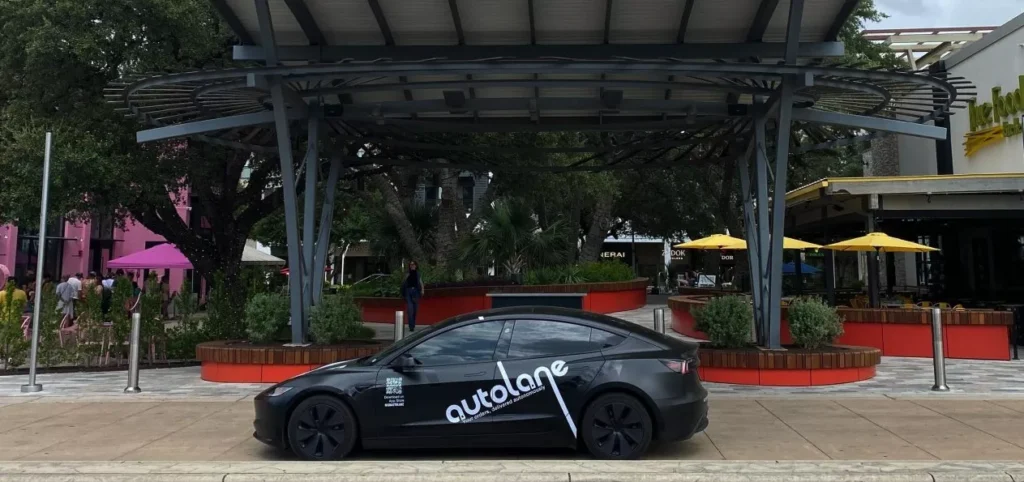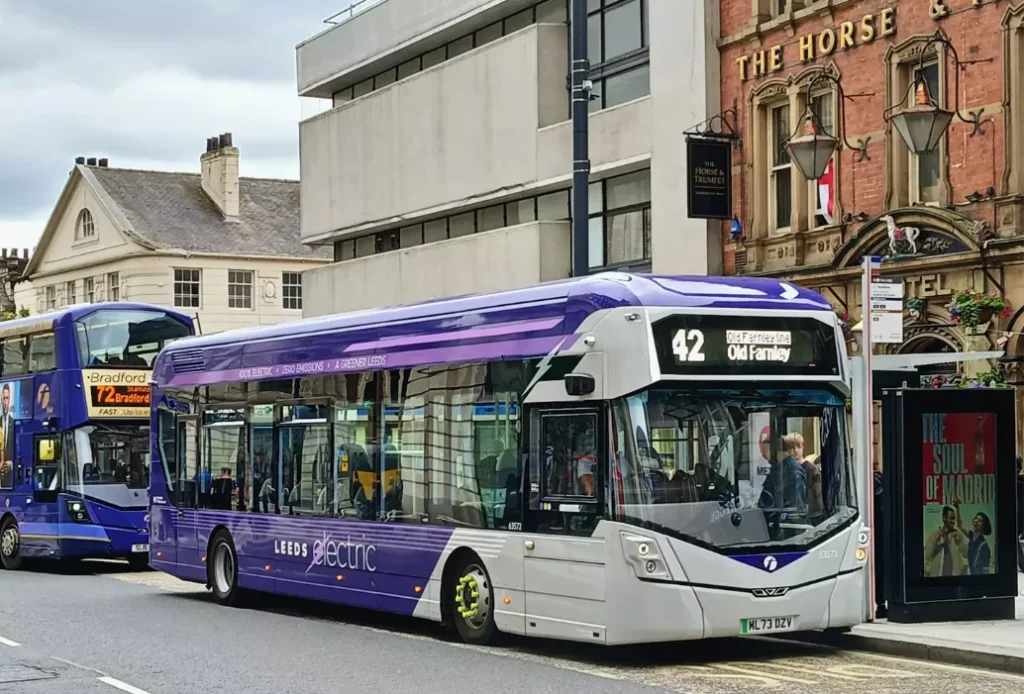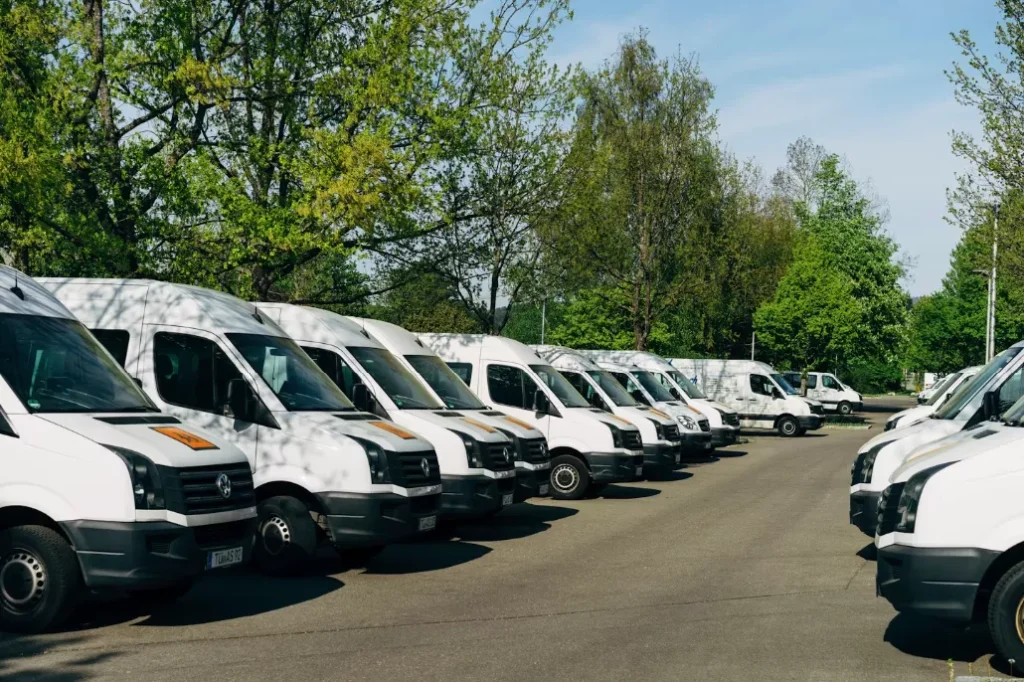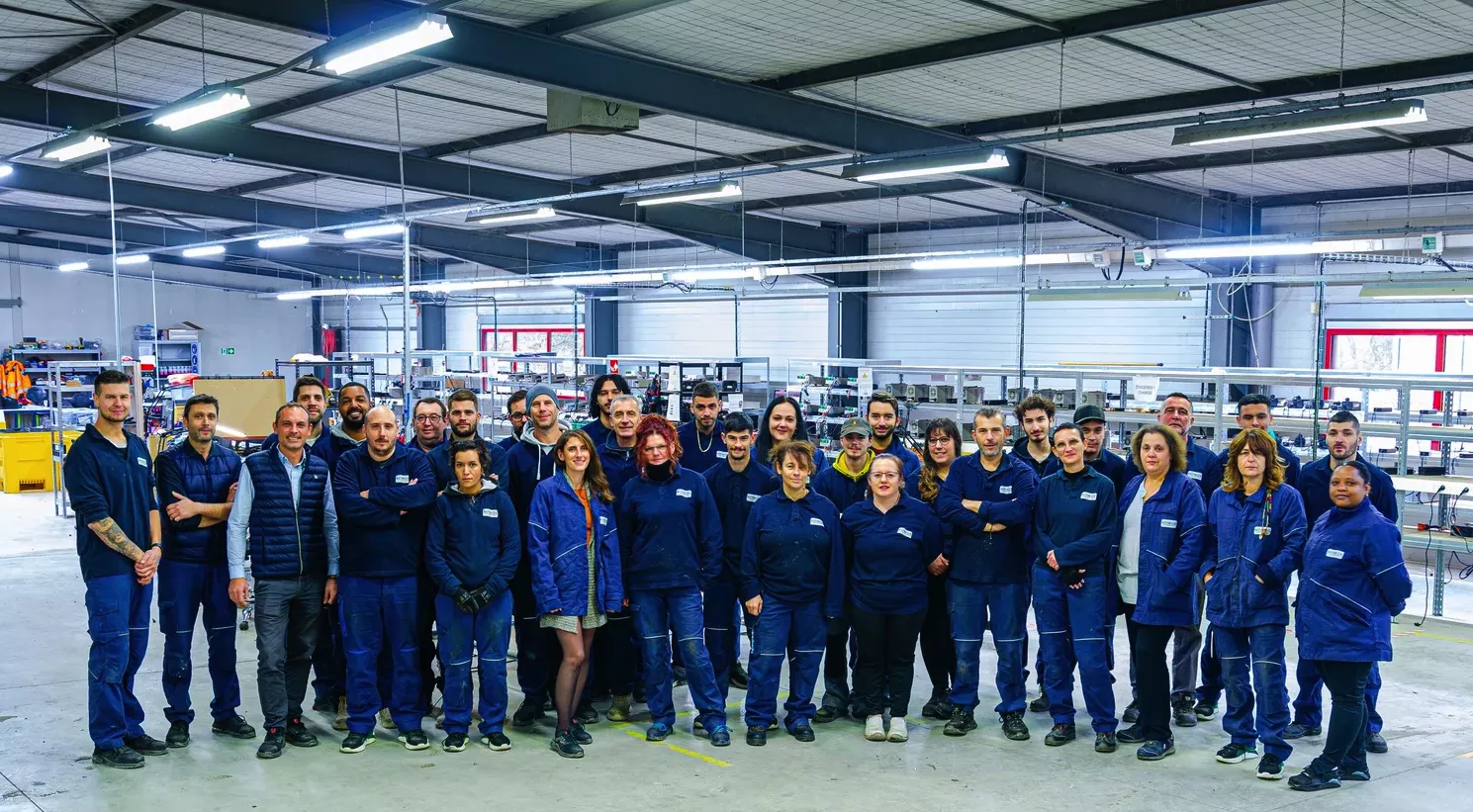












From EVs and batteries to autonomous vehicles and urban transport, we cover what actually matters. Delivered to your inbox weekly.

A “dead” e-bike battery shows up at a workshop in Amersfoort. By the end of the day, it’s alive again. Diagnosed, repaired, and ready to power another ride. Multiply that by tens of thousands, and you’ve got the scale of what’s happening at NOWOS.
In 2024, the Dutch startup repaired 310,000 kilograms of batteries, totaling around 90,000 individual packs. Each one diverted from the scrap pile, each one given another lease of life.
This is the foundation of Europe’s circular battery economy. At a time when regulators are tightening rules and fleets are counting costs, NOWOS has built a model that proves repair is cheaper, faster, and far more sustainable than replacement.
This is the story of how a small team in the Netherlands is rewriting the future of battery lifecycles.
The electric transition has a blind spot. What happens when the batteries die?
By 2030, millions of lithium-ion packs from e-bikes, scooters, and EVs will reach end-of-life.
Micromobility alone churns through batteries faster than the automotive sector, with most packs lasting three to five years before operators face degraded performance or outright failure.
The default solution today is recycling. But recycling is a blunt tool. Even the most advanced processes destroy around 30% of the valuable materials inside a battery. Lithium, cobalt, and nickel, metals pulled from mines with enormous environmental and social costs, are partly lost forever. Every kilogram wasted means more mining in the Congo, Chile, or Indonesia, with all the water use, CO₂ emissions, and labor concerns that come with it.
And the scale of the mining footprint is already staggering. Manufacturing a single EV battery can generate several tons of CO₂ before the car even hits the road. Multiply that across micromobility fleets, and the sustainability math starts to break down fast.
Regulators see the problem. The EU’s new Battery Regulation requires 70% material recovery by 2030 and enforces Extended Producer Responsibility, meaning OEMs and mobility operators will be on the hook for what happens after the first life of their batteries. But mandates alone won’t fix the economics.
Which brings us to the bigger risk – if batteries remain a “use-and-dispose” component, micromobility itself risks becoming a disposable industry. Operators already work on thin margins. If the sector keeps burning through packs at scale, costs rise, waste piles up, and the credibility of clean transport takes a hit.
Repair changes that equation. Instead of crushing batteries for scraps, it keeps them in circulation – avoiding waste, preserving materials, and extending value where it matters most.

When most people think about a dead battery, they picture the end of the line. But for NOWOS, it’s the start of the process.
The company has built its model on a striking fact that around 80% of batteries written off as “dead” can be repaired and returned to service. That changes everything.
Instead of paying for a new pack or sending the old one to a recycler that will destroy up to a third of its materials, operators can get the same unit back in working order.
And check this – repairs cost about 55% less than buying new.
It’s a model built firmly for the B2B world. NOWOS doesn’t deal with individual riders, but partners with the companies that operate and manufacture batteries at scale. That means micromobility fleets, OEMs, and battery makers who feel the pain of downtime and replacement costs most acutely.
And unlike competitors that focus on second-life applications, NOWOS stays focused on first-life continuation. The priority isn’t to downcycle batteries into a new use, but to keep them doing the job they were built for as long as possible.
That clarity has attracted a who’s who of European mobility clients. Swapfiets, Dott, Felyx, Voi, and Dance rely on NOWOS to keep e-bike and scooter fleets on the road. On the manufacturing side, NIU, Segway-Ninebot, Phylion, and TWS send faulty packs to be diagnosed, repaired, and put back into circulation.
For these companies, battery uptime is revenue, and extending pack lifespans is both a cost saver and a sustainability win.
The result is a position in the market no one else quite occupies – a pure repair specialist with the scale, processes, and partnerships to make “repair before recycle” a viable business.

For Prins Doornekamp, batteries have always been more than black boxes with wires. Before founding NOWOS, he spent years at Super B, a Dutch lithium battery manufacturer, where he saw first-hand the pace of growth. Aand the mountain of waste trailing behind it.
By 2019, he and co-founders Ambre Eppler, Steven Bradshaw, and Jan Bartels were convinced that building ever more batteries wasn’t sustainable. The smarter play was to extend the life of the ones already in circulation. That was the seed of NOWOS.
The early days weren’t easy. Investors were hesitant, questioning whether repair could scale beyond a niche service. Then came the pandemic. With supply chains frozen and new batteries stuck in transit, fleets turned desperate.
That crisis became the catalyst. As Doornekamp put it in interviews, “Without circularity, micromobility risks becoming another disposable industry.”
The mission from day one has been clear – keep batteries working, cut waste at the source, and bake circularity into the foundation of Europe’s mobility economy.
At the core of NOWOS is a process that looks deceptively simple. You take in a “dead” battery, test it, repair what’s broken, and send it back out. But behind that cycle is a system of diagnostics and protocols honed over hundreds of thousands of units.
The company has developed proprietary testing tools that can handle more than 98 battery models across brands and chemistries. Each pack that arrives goes through a detailed health check – cell voltages, thermal performance, and safety controls – before technicians decide if it’s repairable.
When faults are found, trained teams follow standardized repair protocols, supported by partially automated tools. Cells can be swapped, control boards recalibrated, and modules rebalanced. The aim is to keep as much of the original pack intact as possible, saving materials and energy.
To add accountability, NOWOS is rolling out a Battery Passport system, giving each unit a digital record of its lifecycle. That means fleets and manufacturers can track when and how a battery was repaired, and when it might need another intervention.
And as for the numbers, they speak for themselves. Around 80% of packs are successfully repaired and returned to service. Of the remaining 20%, nearly all of the materials are recovered, with NOWOS reporting 98% recycling efficiency.
But there’s also a human dimension. Every battery that comes through the workshop passes through skilled hands. The company is effectively training a new green-collar workforce – technicians who combine electronics knowledge with sustainability skills.

Repairing batteries has proven to be good for business – and the planet.
In April 2025, NOWOS closed a €6 million equity round and €3 million in debt, led by climate-tech VC Shift4Good alongside Fair Capital Impact Fund and Goeie Grutten Impact Fund. The investors weren’t betting on theory, but were backing a model already proven with hundreds of thousands of repaired units and a client roster spanning Europe’s top micromobility operators.
The match checks out. Repairs cost about 55% less than replacements, and they’re significantly faster. Instead of waiting weeks for new packs to ship, operators get repaired batteries back in circulation quickly, which keeps the fleets moving and revenue flowing. And for cash-strapped startups and OEMs, that’s less capital tied up in inventory and more margin to reinvest elsewhere.
Scaling is happening on two fronts. Geographically, NOWOS has gone from its base in the Netherlands to new hubs in France and partnerships in the UK. Poland is next in 2025, followed by Germany in 2026, two markets with heavy micromobility and industrial battery demand.
Sector-wise, the company is moving beyond e-bikes and scooters. Energy storage systems, forklifts, drones, and even medical devices are now on the roadmap. Each new vertical broadens the market for repair-first battery solutions, while spreading the environmental impact far beyond micromobility.
For investors, the bet is that NOWOS will become the backbone of Europe’s circular battery economy.
And the odds are looking pretty good.

NOWOS isn’t alone in trying to extend battery lifecycles. Across Europe, heavyweights like BeePlanet Factory (Spain), Connected Energy (UK), and Zenobē (UK) are all building businesses around second-life applications. Their focus is on taking used EV packs and repurposing them into stationary energy storage systems for grids, buildings, and renewables.
That’s a very different play from NOWOS. Where the giants repurpose, NOWOS repairs.
Instead of downcycling batteries into new applications, it prioritizes keeping them in their original use case for as long as possible. This repair-first stance is both its differentiator and moat. It speaks directly to OEMs and fleet operators who need batteries back in service.
It’s a classic David vs. Goliath dynamic. The big players have scale, capital, and visibility, but they’re chasing grid and utility markets. NOWOS has carved out a specialist role, winning trust from manufacturers and mobility startups by solving their most immediate pain point: the cost and downtime of replacing packs.
In a sector where credibility matters, that focus is paying off. NOWOS is becoming indispensable to the companies building Europe’s micromobility ecosystem.

For years, the circular economy has rested on two pillars: reuse and recycling. NOWOS is making the case for a third – repair – as the most immediate and impactful step in the battery lifecycle.
The timing couldn’t be sharper. The EU Battery Regulation is pushing manufacturers toward higher recovery rates, transparency, and lifecycle accountability.
Meanwhile, the broader right-to-repair movement is gaining momentum across Europe, giving repair a cultural and regulatory tailwind that recycling alone never had.
NOWOS’s roadmap matches that ambition. The company plans to build a pan-European repair network with 13 hubs by 2030, ensuring batteries can be serviced closer to where they’re used. That would turn repair from a niche workshop activity into critical infrastructure for Europe’s mobility and energy systems.
The big picture looks clear. A repair-first model makes mobility cheaper, cleaner, and more resilient. It cuts emissions, reduces waste, and relieves pressure on raw material supply chains, all while creating skilled local jobs.
NOWOS is proving that dead batteries aren’t waste. They’re Europe’s circular economy in waiting.